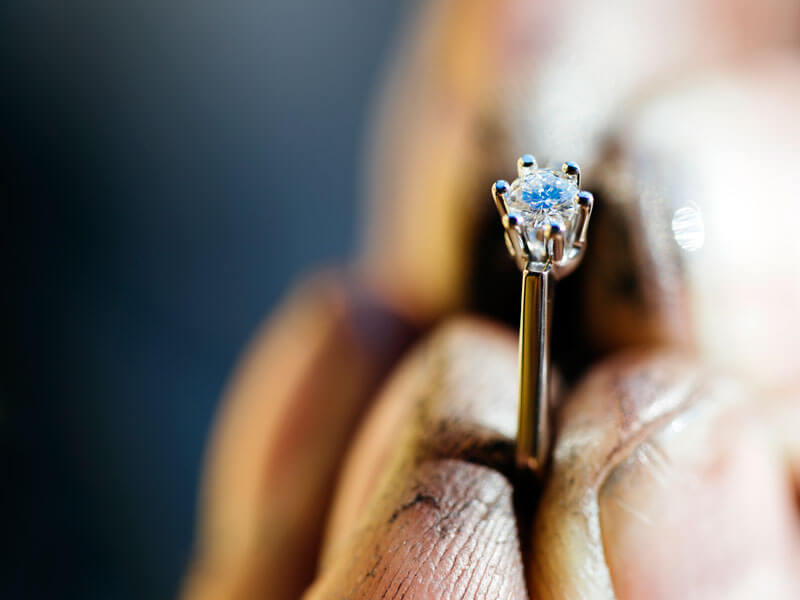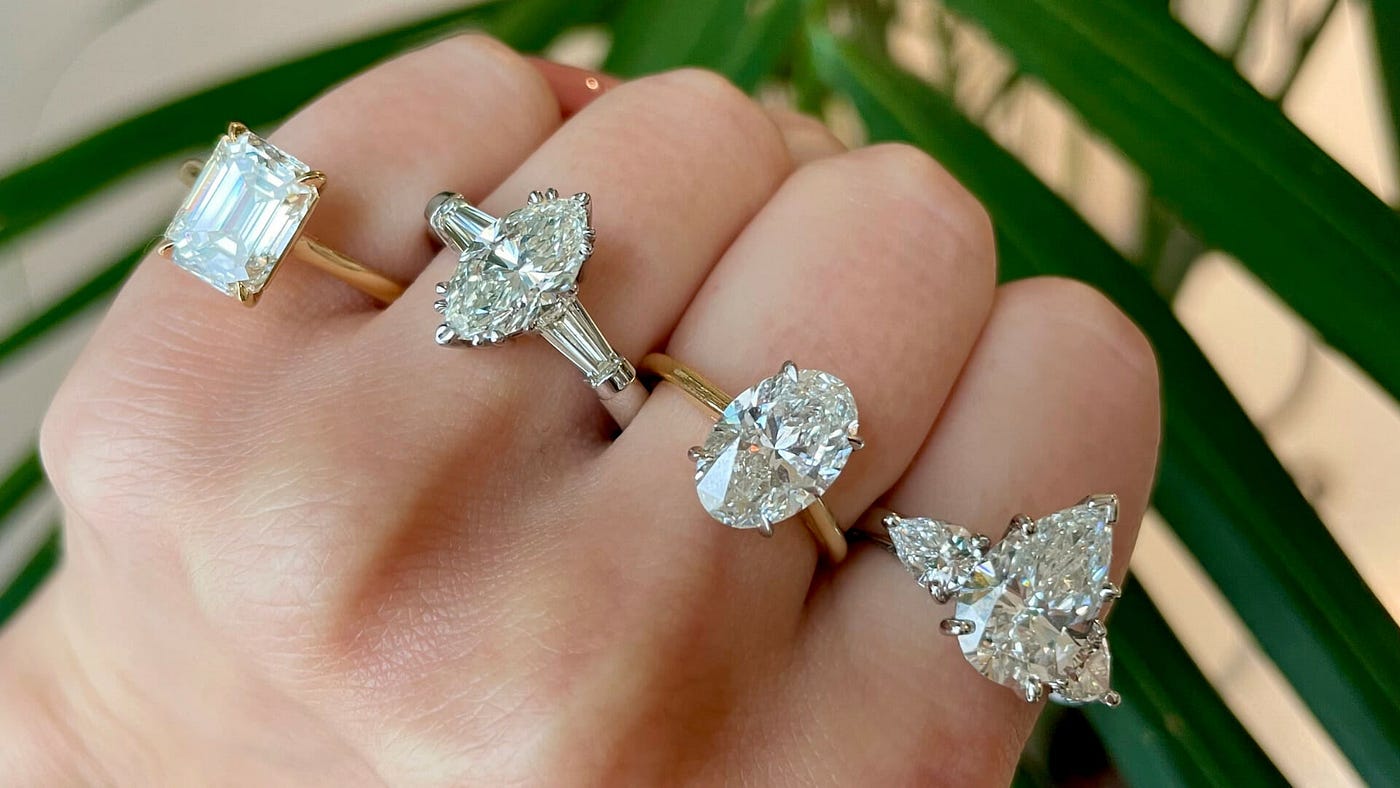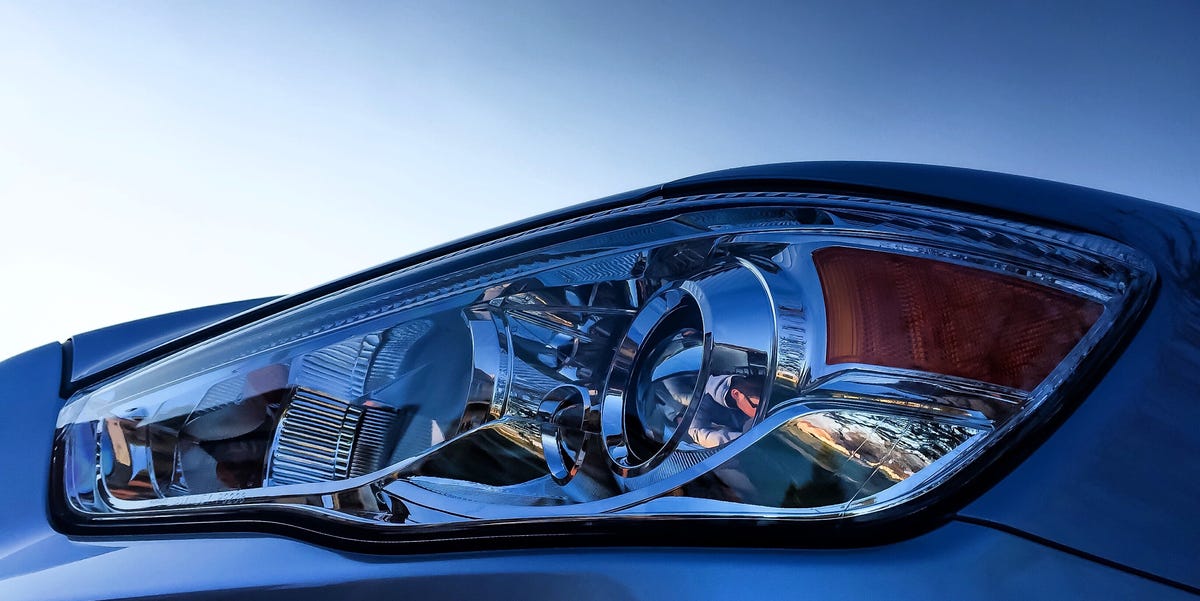Introduction to Lab-Grown Diamonds
If you’ve been considering a sparkling new gem for that special occasion or just want to learn more about modern luxury, lab-grown diamonds might have crossed your path. But what exactly are they? How do they differ from the traditional, earth-mined versions? And why are they becoming increasingly popular? Let’s dive into the world of lab-grown ethical diamonds and uncover what makes them shine.
What Are Lab-Grown Diamonds?
Lab-grown diamonds, sometimes called synthetic diamonds, are real diamonds created in a controlled environment. Unlike natural diamonds that form over billions of years deep within the Earth’s mantle labor gezüchtete ethische diamanten, these diamonds are produced in weeks or months using advanced technology. They have the same physical and chemical properties as their natural counterparts—meaning they’re genuine diamonds.
How Are Lab-Grown Diamonds Made?
There are two primary methods used to create lab-grown diamonds: High Pressure High Temperature (HPHT) and Chemical Vapor Deposition (CVD). HPHT mimics the natural conditions under which diamonds form, using high pressure and temperature to grow diamonds from a carbon source. CVD, on the other hand, involves breaking down carbon-rich gases and depositing the carbon atoms onto a diamond seed in a vacuum chamber. Both methods produce diamonds that are chemically identical to natural ones.
The Ethical Case for Lab-Grown Diamonds
Environmental Impact
One of the standout features of lab-grown diamonds is their reduced environmental footprint. Traditional diamond mining can be incredibly destructive to ecosystems, involving large-scale excavation and sometimes polluting water sources. Lab-grown diamonds, however, require minimal land use and have a much smaller environmental impact. This makes them an attractive option for those concerned about sustainability.
Human Rights and Labor Conditions
Lab-grown diamonds also address serious ethical concerns associated with traditional diamond mining, such as exploitation and poor working conditions. In contrast, the production of lab-grown diamonds involves regulated environments with fair labor practices. By choosing lab-grown diamonds, consumers can be confident that their purchase does not support exploitative labor practices.
Conflict-Free Assurance
Conflict diamonds, or “blood diamonds,” are mined in war zones and sold to finance armed conflict. Lab-grown diamonds, on the other hand, are inherently conflict-free. Since they are produced in a controlled environment, there’s no risk of funding violence or unrest, giving buyers peace of mind that their purchase contributes to positive causes.
Comparing Lab-Grown Diamonds with Natural Diamonds
Quality and Appearance
Lab-grown diamonds are virtually indistinguishable from natural diamonds when it comes to quality and appearance. They possess the same brilliance, fire, and scintillation. Advanced gemological tools can detect subtle differences, but for the naked eye, they look identical. This means you get the same stunning beauty without the ethical and environmental concerns.
Cost Comparison
One of the most compelling reasons to choose lab-grown diamonds is cost. They are generally 20-40% less expensive than natural diamonds. This price difference is due to the lower production costs and the fact that lab-grown diamonds do not have the same rarity as natural ones. This affordability allows you to purchase a larger or higher-quality diamond within your budget.
Resale Value
While lab-grown diamonds are a great choice for many, their resale value tends to be lower than that of natural diamonds. This is because natural diamonds are considered more valuable due to their rarity and the established market for them. However, if you’re not concerned about resale and prefer an ethical and eco-friendly option, lab-grown diamonds are an excellent choice.
The Science Behind Lab-Grown Diamonds
High Pressure High Temperature (HPHT)
HPHT is one of the oldest and most established methods for creating lab-grown diamonds. It replicates the high-pressure, high-temperature conditions found deep within the Earth where natural konfliktfreie diamanten form. This method uses a press to generate intense pressure and temperature, causing carbon to crystallize into diamond. The process takes several weeks, resulting in diamonds that are chemically and physically identical to natural ones.
Chemical Vapor Deposition (CVD)
CVD is a newer method that involves creating diamonds from a carbon gas in a vacuum chamber. The process starts by ionizing the gas, which then deposits carbon atoms onto a diamond seed, gradually building up a diamond layer by layer. CVD diamonds often have fewer inclusions and can be produced with specific colors, offering another layer of customization.
How to Identify Lab-Grown Diamonds
Certification and Grading
When buying a lab-grown diamond, look for certification from reputable gemological laboratories. The Gemological Institute of America (GIA) and the International Gemological Institute (IGI) are two of the most respected organizations that provide grading reports for both natural and lab-grown diamonds. These reports ensure that the diamond has been assessed for quality and authenticity.
Visual and Physical Characteristics
Although lab-grown diamonds are virtually identical to natural ones, there are some subtle differences that gemologists can detect. For example, lab-grown diamonds might have distinctive growth patterns or inclusions that are different from natural diamonds. However, with modern technology, these differences are often too minute to be noticed without specialized equipment.
The Market for Lab-Grown Diamonds
Trends and Growth
The market for lab-grown diamonds has been growing rapidly in recent years. As more consumers seek ethical and sustainable options, the demand for lab-grown diamonds has increased. This trend is expected to continue as technology advances and more people become aware of the benefits of lab-grown diamonds.
Consumer Perceptions
Consumer perceptions of lab-grown diamonds are shifting as education and awareness increase. Many people now view lab-grown diamonds as a more ethical and eco-friendly choice compared to traditional diamonds. This changing perception is helping to drive growth in the market and encourage more people to consider lab-grown options.
Buying Lab-Grown Diamonds: What to Know
Choosing a Reputable Seller
When purchasing a lab-grown diamond, it’s essential to choose a reputable seller. Look for established companies with positive reviews and a commitment to transparency. A trustworthy seller will provide clear information about the diamond’s origin, certification, and return policies.
Certifications to Look For
Ensure that the diamond you’re buying is certified by a recognized gemological laboratory. GIA and IGI certifications are the gold standards and provide assurance of the diamond’s quality and authenticity. These certifications also help you understand the diamond’s characteristics, such as cut, color, clarity, and carat weight.
GIA Certification
The Gemological Institute of America (GIA) is one of the most respected names in the gem industry. GIA certification provides a detailed analysis of a diamond’s quality and ensures that it meets rigorous standards. For lab-grown diamonds, GIA certification confirms that the diamond is indeed lab-grown and provides a comprehensive grading report.
IGI Certification
The International Gemological Institute (IGI) is another reputable organization that certifies diamonds. IGI certification offers a thorough evaluation of a diamond’s quality and authenticity. An IGI certification for lab-grown diamonds includes detailed information about the diamond’s characteristics and verifies that it is a lab-grown gem.
Setting and Design Options
Lab-grown diamonds offer a wide range of setting and design options. From classic solitaires to intricate halo designs, you can customize your diamond to fit your style and preferences. Many jewelers offer bespoke services, allowing you to create a unique piece that perfectly matches your vision.
Future of Lab-Grown Diamonds
Technological Advancements
The future of lab-grown diamonds looks promising, with ongoing advancements in technology. As production methods become more refined and efficient, the quality of lab-grown diamonds will continue to improve. Innovations in diamond creation technology may also lead to new possibilities in design and customization.
Market Predictions
The market for lab-grown diamonds is expected to keep growing as more consumers prioritize ethical and sustainable choices. As awareness spreads and technology advances, lab-grown diamonds may become an even more popular choice, offering an accessible and responsible alternative to traditional diamonds.
Conclusion
Lab-grown ethical diamonds represent a modern solution to age-old issues surrounding diamond mining. With their minimal environmental impact, ethical production practices, and competitive pricing, they offer a compelling alternative to natural diamonds. As technology advances and consumer preferences shift, lab-grown diamonds are poised to become a mainstream choice for those seeking beauty and responsibility in their jewelry. Whether you’re buying a diamond for an engagement, a special gift, or simply as a personal treat, lab-grown diamonds offer a brilliant way to shine with a clear conscience.

 The Beauty and Benefits of Lab Created Diamond Earrings
The Beauty and Benefits of Lab Created Diamond Earrings  The Beauty and Meaning Behind the Toi et Moi Ring Diamonds
The Beauty and Meaning Behind the Toi et Moi Ring Diamonds  The Impact of Blood Diamonds: Understanding the Global Issue
The Impact of Blood Diamonds: Understanding the Global Issue  Novita Lab Diamonds: Redefining Luxury with Ethical, Sustainable, and Affordable Diamonds
Novita Lab Diamonds: Redefining Luxury with Ethical, Sustainable, and Affordable Diamonds  IGI vs GIA: Understanding the Difference in Diamond Grading
IGI vs GIA: Understanding the Difference in Diamond Grading  Lab Diamonds in Kuala Lumpur: A Growing Trend in the Jewelry Industry
Lab Diamonds in Kuala Lumpur: A Growing Trend in the Jewelry Industry  Platinum vs Gold Lab Grown Diamond Rings: Which is Right for You?
Platinum vs Gold Lab Grown Diamond Rings: Which is Right for You?  The Rise Made Diamonds in Barcelona: A Sustainable Luxury Revolution
The Rise Made Diamonds in Barcelona: A Sustainable Luxury Revolution  Novita Secret Platinum Formula: Unlocking the Secret to Radiant Skin
Novita Secret Platinum Formula: Unlocking the Secret to Radiant Skin 









